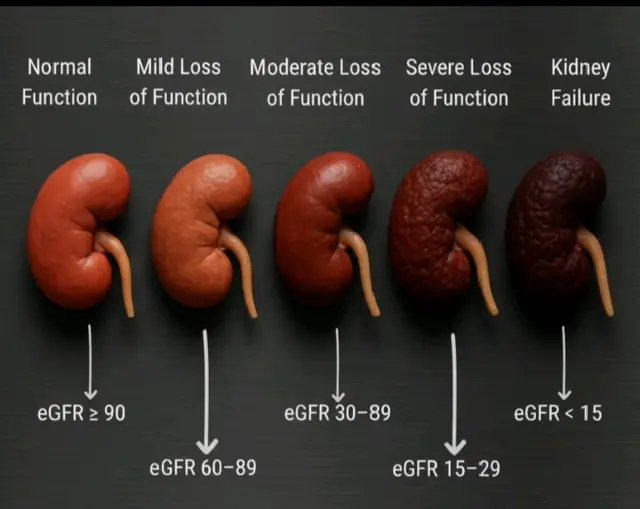Rasya
Region: ID
Sunday 16 November 2025 04:39:43 GMT
2232
123
1
8
Music
Download
Comments
user57js__ :
varlay😱😈👿
2025-11-16 05:45:49
1
To see more videos from user @rasyamaulana.n.k, please go to the Tikwm
homepage.





